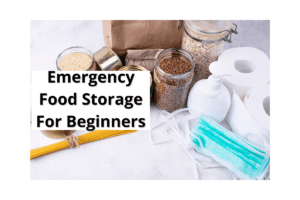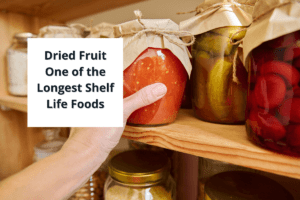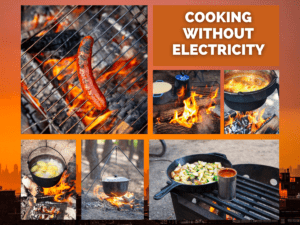Imagine a world where the power grid fails, leaving you without the convenience of modern appliances. It’s a scenario that may seem like a distant possibility, but being prepared for such an event can be a valuable skill in itself. In this comprehensive guide, I’ll explore the art of cooking without electricity, empowering you to create delicious meals even in the most challenging circumstances.
Post Contents
ToggleEmbracing Cooking Without Electricity Methods
Throughout history, humans have cooked without the conveniences of modern technology. By revisiting these methods, not only can we prepare for power outages, but we can also connect with traditional cooking practices that are often more flavourful and rewarding.
The Power of Fire
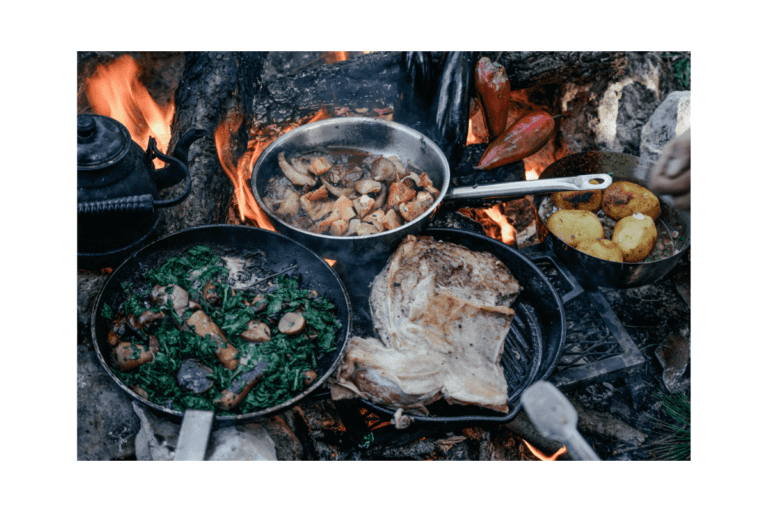
One of the most basic and essential cooking methods is using fire. Building a safe and efficient campfire is an art in itself. It involves selecting the right wood, creating a structure that will allow the fire to breathe and burn efficiently, and managing the heat output. Techniques for cooking over an open flame include grilling meats and vegetables on sticks or grates, roasting tubers in the embers, or even smoking fish or meat for preservation. Mastering this can turn a basic necessity into a gourmet experience under the stars. For more insights on fire-based cooking, ReadyWise offers an excellent overview of cooking without electricity.
Harnessing the Sun's Energy
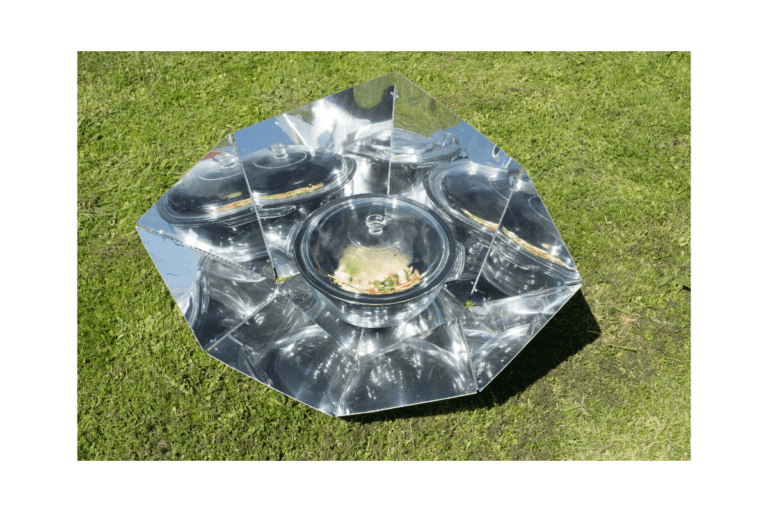
Solar cooking is a fascinating and sustainable method that uses the sun’s energy, which is abundant and free. A solar oven can be as simple as a cardboard box lined with aluminum foil or as sophisticated as a commercially available unit. These ovens concentrate sunlight to cook food slowly, preserving nutrients and flavors. Think of baking bread, slow-cooking stews, or even making desserts like cookies and cakes! Here’s a step-by-step guide to constructing a simple solar oven.
The Versatility of Dutch Ovens
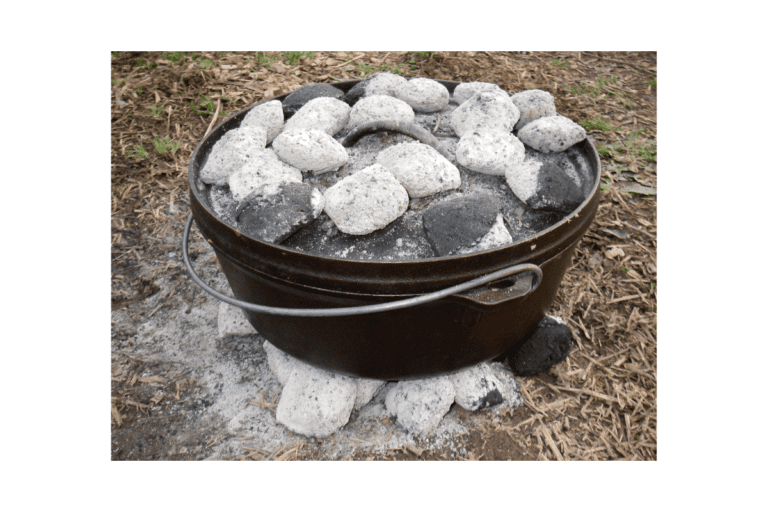
A Dutch oven is a thick-walled cooking pot made of cast iron that can cook anything from bread to stews and soups. It is incredibly versatile and can be used directly over a fire or buried in coals, which enclose it with heat, mimicking an oven. This method is perfect for making hearty meals like beef stew, whole chickens, or even baking cinnamon rolls during a camping trip.
Meal Preparation and Preservation
When you’re cooking without electricity, maintaining a well-stocked pantry and preserving food becomes crucial. Not only does it ensure a diverse diet, but it also minimizes the frequency of your grocery trips.
Off-Grid Meal Planning and Preparation
Developing a meal rotation plan, batch cooking, and efficiently using resources are essential strategies for cooking without electricity. This approach not only saves time but also minimizes waste, ensuring that every bit of food is utilized effectively.
FAQs
How do you ensure food safety without refrigeration? What are the best fuel sources for off-grid cooking? Can you cook without fresh ingredients? What essential tools are needed? How do you adapt your favourite recipes for off-grid cooking? These are common questions when transitioning to cooking without electricity, and exploring these will help smooth the transition.
Conclusion
While the thought of cooking without electricity might seem daunting at first, it opens up a world of creativity and resilience. By embracing these techniques, not only do you ensure your ability to cope during outages, but you also step into a journey of culinary discovery. Keep experimenting with these methods and enjoy the adventure of off-grid cooking!



